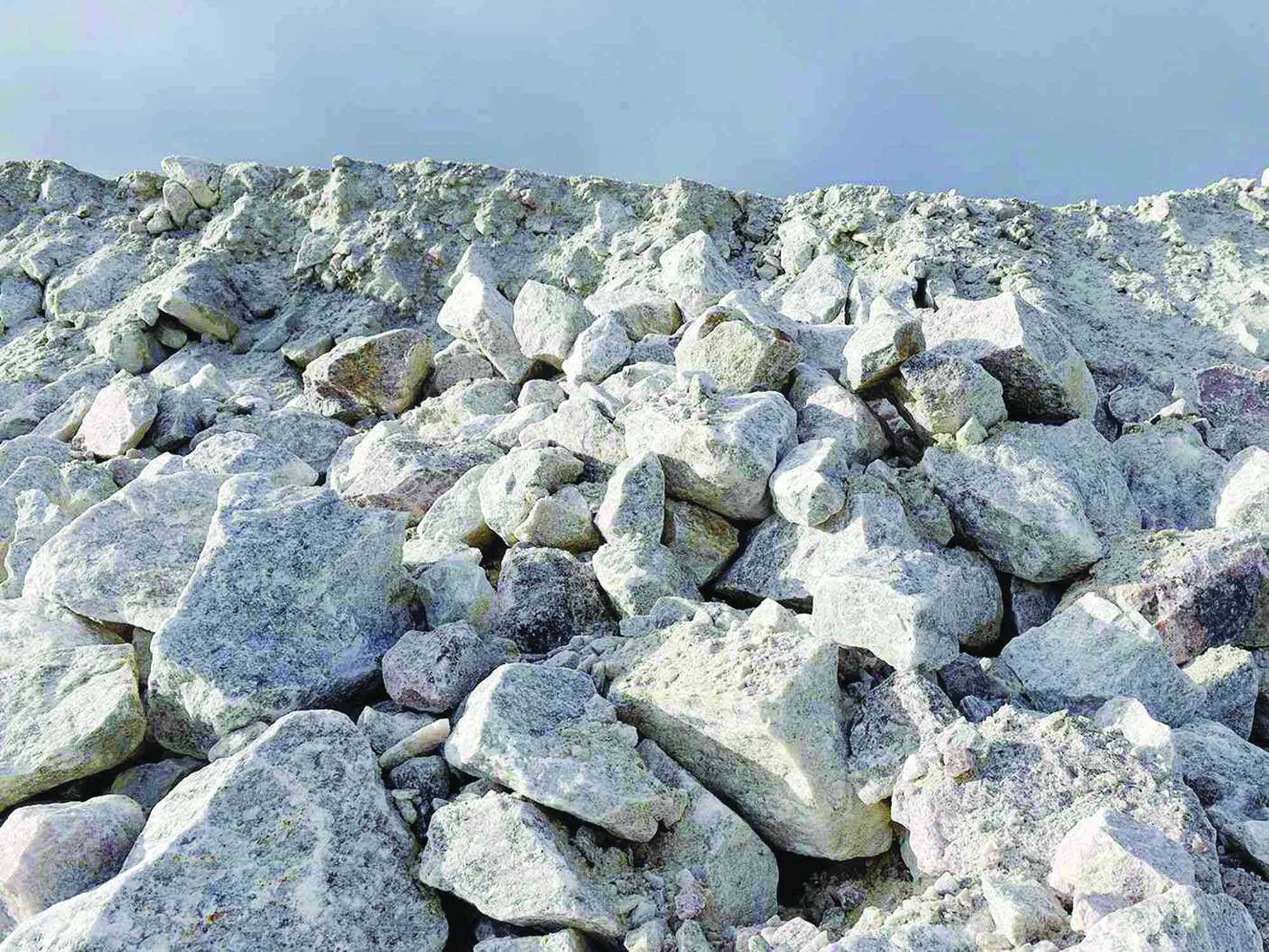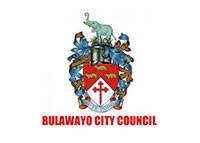
CANADIAN miner Lithium Africa Resources Corp (LARC), which holds a mining licence in Zimbabwe covering 560 square kilometres, is expected to fully explore its potential resource target by mid-year, following encouraging drilling results, businessdigest understands.
LARC has laid out ambitions to build a portfolio of high quality lithium assets across the African continent.
In a presentation to shareholders, the firm disclosed it had commenced drilling on the Zimbabwe asset located in Mashonaland Central, in January.
The presentation said the firm had applied for an environmental permit.
This would be followed by a trenching programme on the targeted area before sampling commences across the special grant area.
LARC plans to fully explore the potential resource target by mid-year.
“Soil and rock geochemical analysis identified significant Li (lithium) and pathfinder (K/Rb, Li, and Cs) anomalies. Fresh rock samples from surface and pit excavations show massive spodumene zones, with samples grading up to 5,25% Li₂O (ICP),” LARC stated in its presentation.
K/Rb refers to the ratio of potassium (K) to rubidium (Rb), while Cs denotes caesium, another element often associated with lithium deposits.
- Mavhunga puts DeMbare into Chibuku quarterfinals
- Bulls to charge into Zimbabwe gold stocks
- Ndiraya concerned as goals dry up
- Letters: How solar power is transforming African farms
Keep Reading
“Pegmatites observed in trenches are highly weathered and leached, resulting in lower Li values at surface — which is typical. Trends contain multiple pegmatites,” LARC said.
“The central pegmatite trend extends over 950 metres and remains open. The western trend shows the broadest widths in outcrop and has yet to be tested with trenching.”
Pegmatite is an igneous rock formed from slowly cooled magma, allowing the growth of large crystals. Due to this slow cooling process, pegmatites often contain rare and valuable elements such as lithium, caesium, tantalum, beryl (which can form emeralds), and tourmaline (a semi-precious gemstone).
These results follow the mining firm’s completion of ground consolidation after submitting an environmental permit application in December 2024.
The miner then completed a trenching programme and began its maiden 1 500 metre drilling programme in January.
LARC reported a grassroots discovery of three parallel sub-horizontal trends consisting of large, flat-lying spodumene-bearing pegmatites within metasediments at the target site.
“Extensive soil and rock Li and pathfinder anomalies outline broad mineralised zones within the three trends,” LARC said.
“Individual pegmatites in pit excavations and trenches intercept up to 100m on surface, with true widths of ~35m. These shallowly dipping pegmatites demonstrate significant economic potential. Pegmatite trends remain open along strike and untested down-dip,” the firm noted.
Beyond Zimbabwe, LARC holds lithium licences in Morocco, Mali, Guinea, Côte d’Ivoire, Angola, and the Democratic Republic of Congo.







